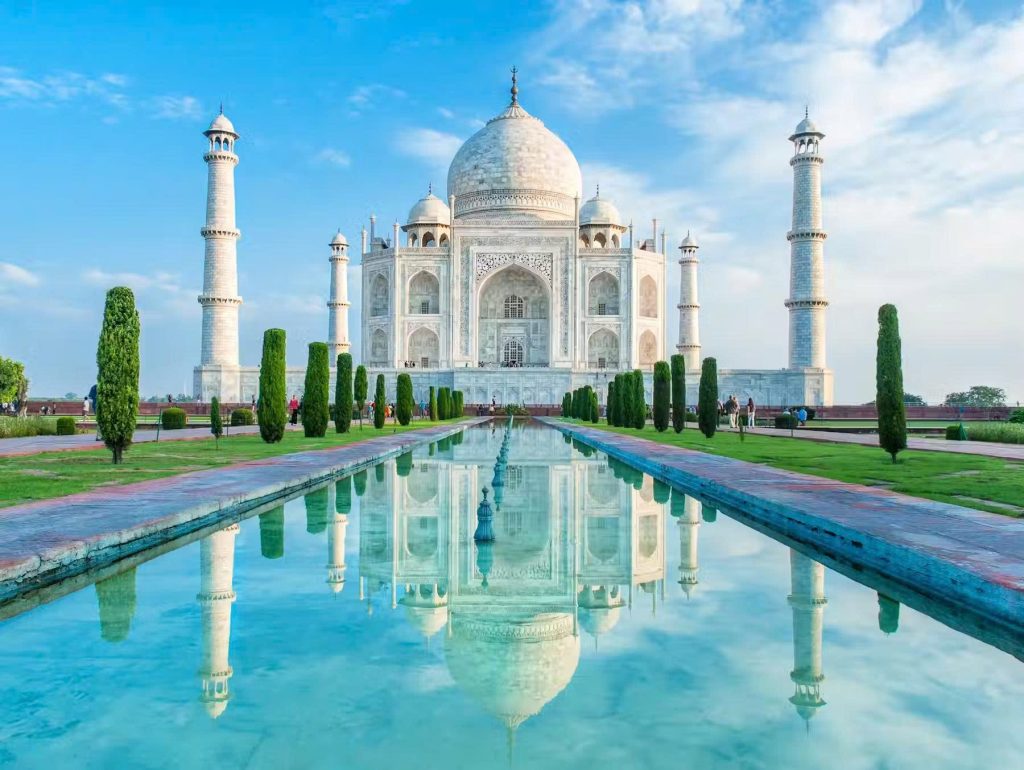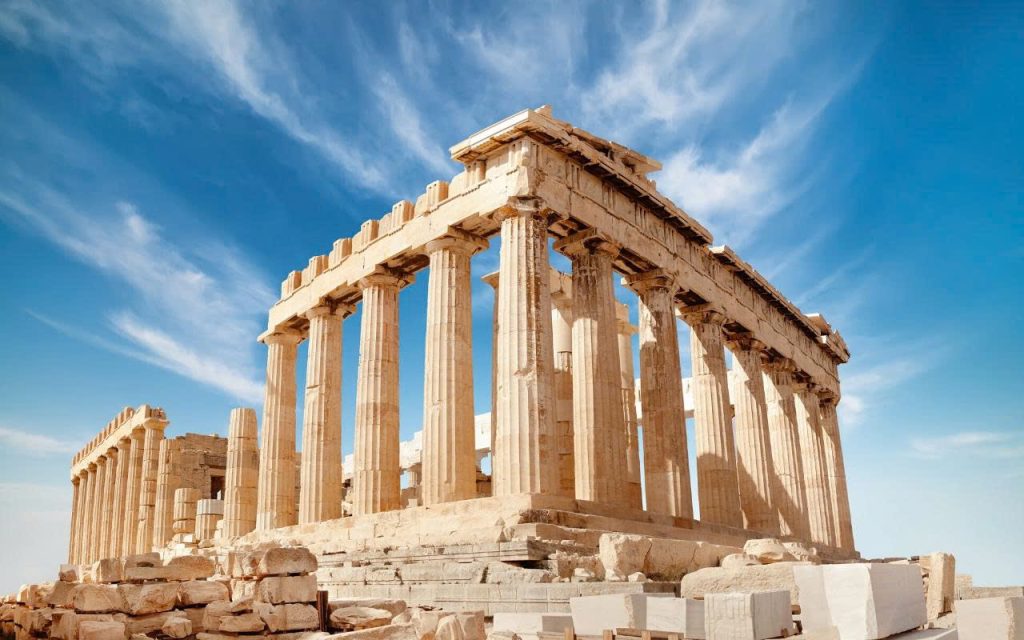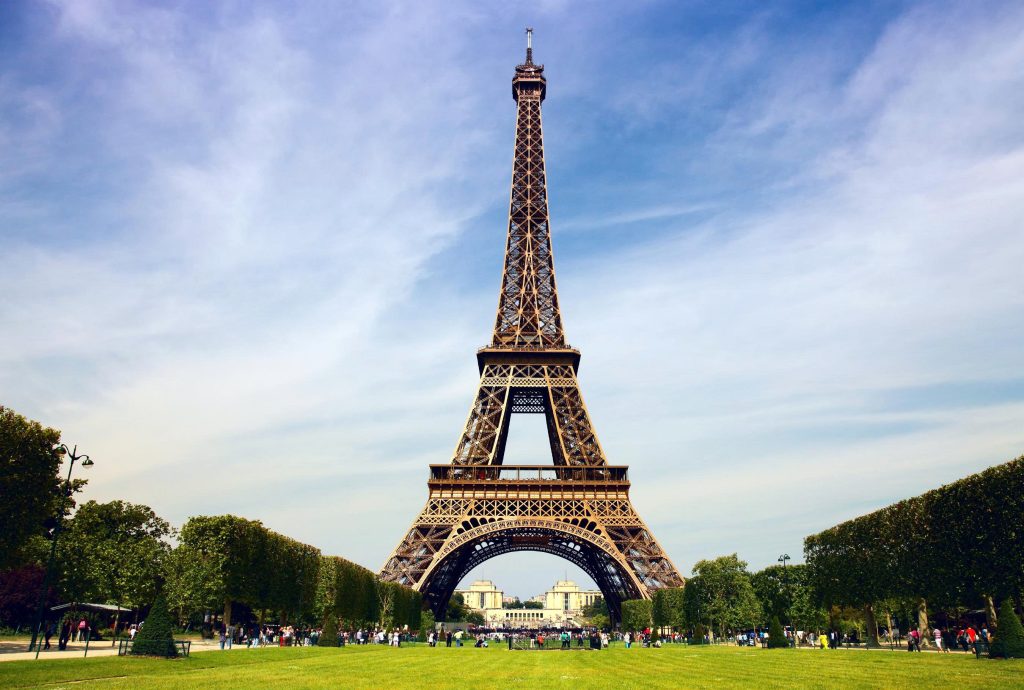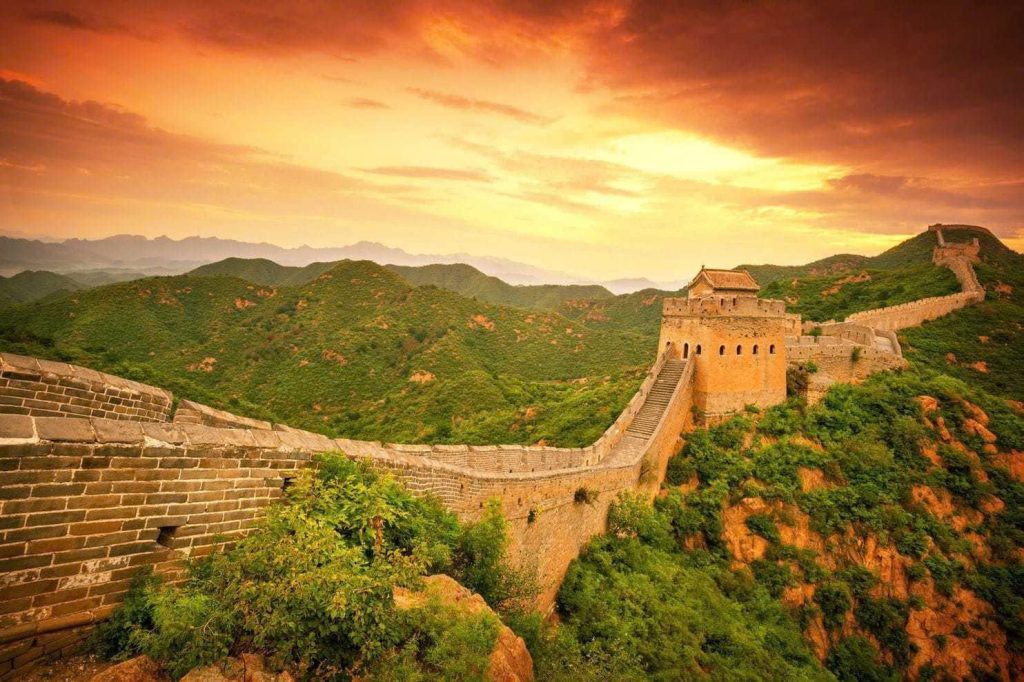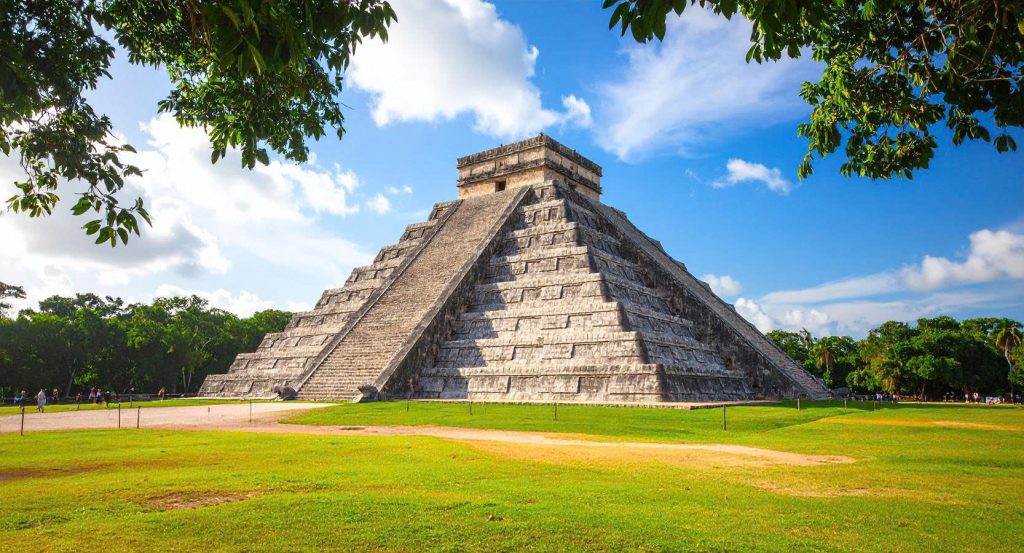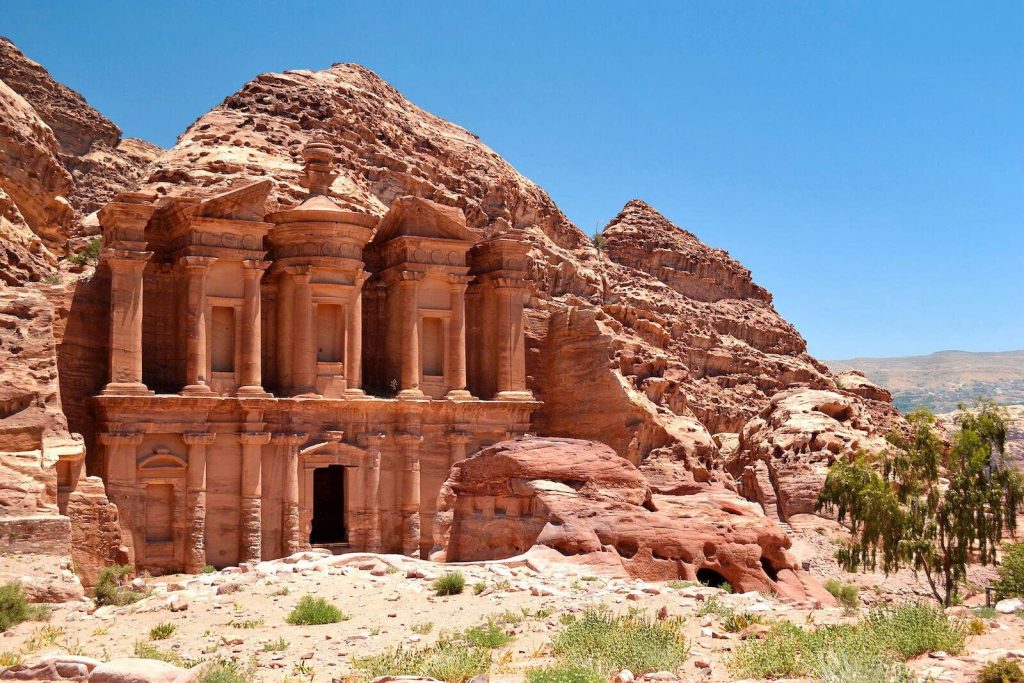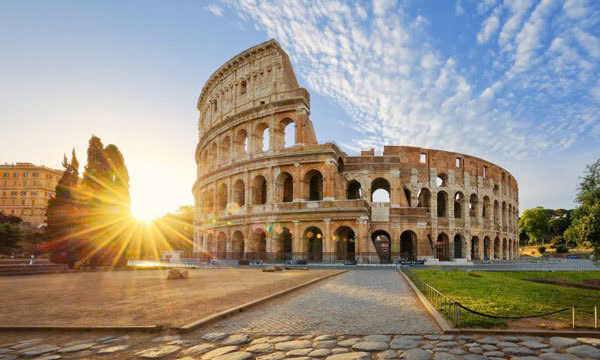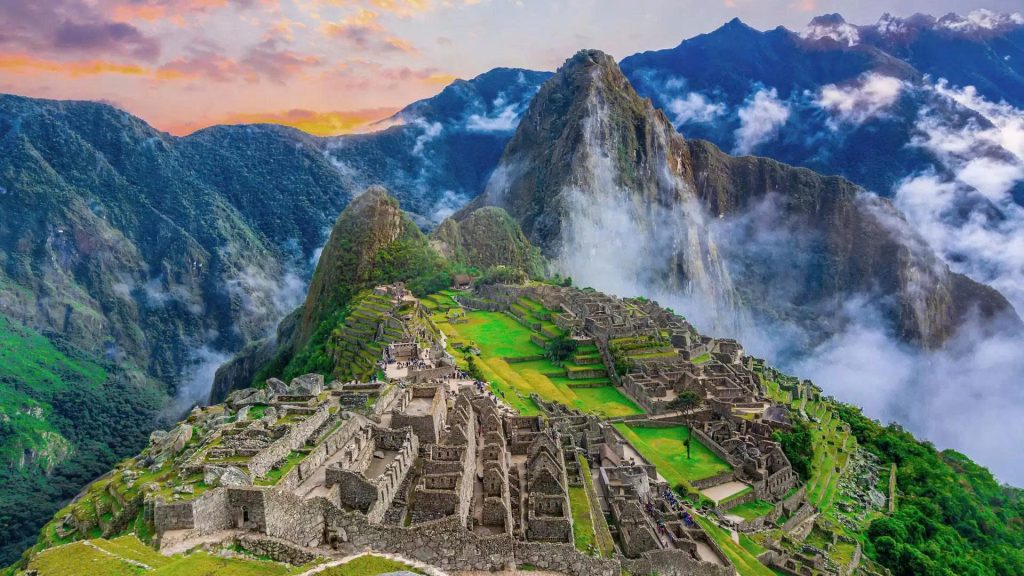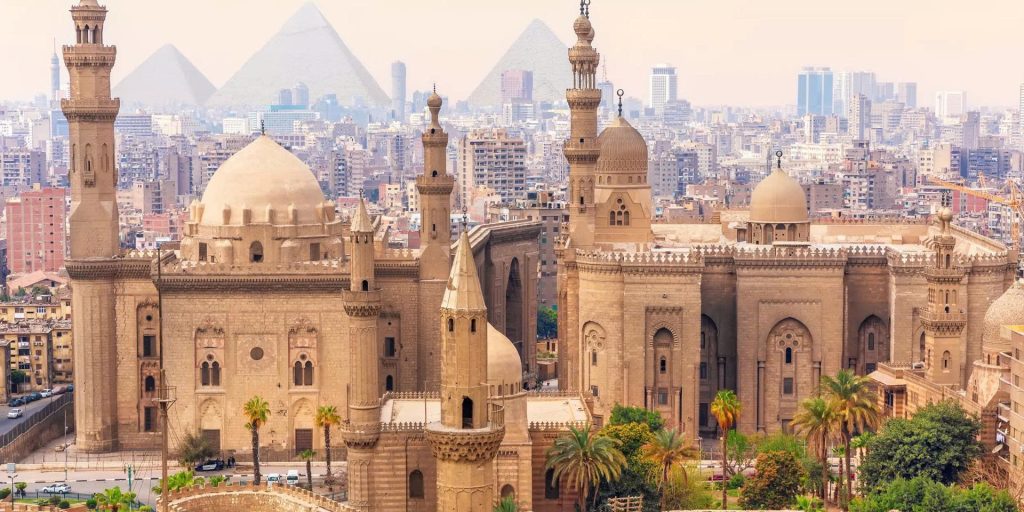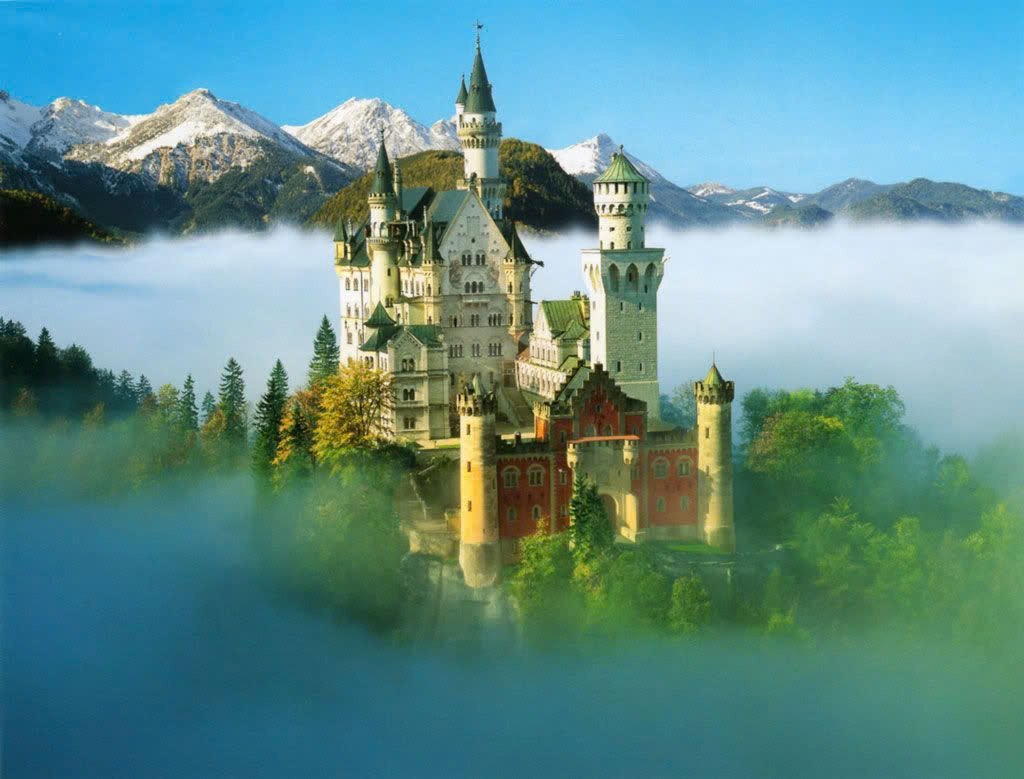The Taj Mahal, majestically situated on the bank of the Yamuna River in Agra, Uttar Pradesh, India, is globally recognized as the most perfect architectural symbol of devotion. This colossal ivory-white marble mausoleum, designated a UNESCO World Heritage Site, is far more than a tomb; it is a meticulously planned complex embodying the pinnacle of Mughal architecture and the undying love of an emperor.
Commissioned by Shah Jahan in 1632 to house the remains of his beloved wife, Mumtaz Mahal, the structure took over two decades and the talents of 20,000 artisans to complete. It stands today as the Crown of Palaces and the jewel of Muslim art in the subcontinent.
Essential Planning: Tickets, Timing, and Practicalities
1. Best time to visit Taj Mahal
Choosing the correct time of day and year significantly impacts your experience.
Best Seasonal Windows: Avoiding Climate Extremes
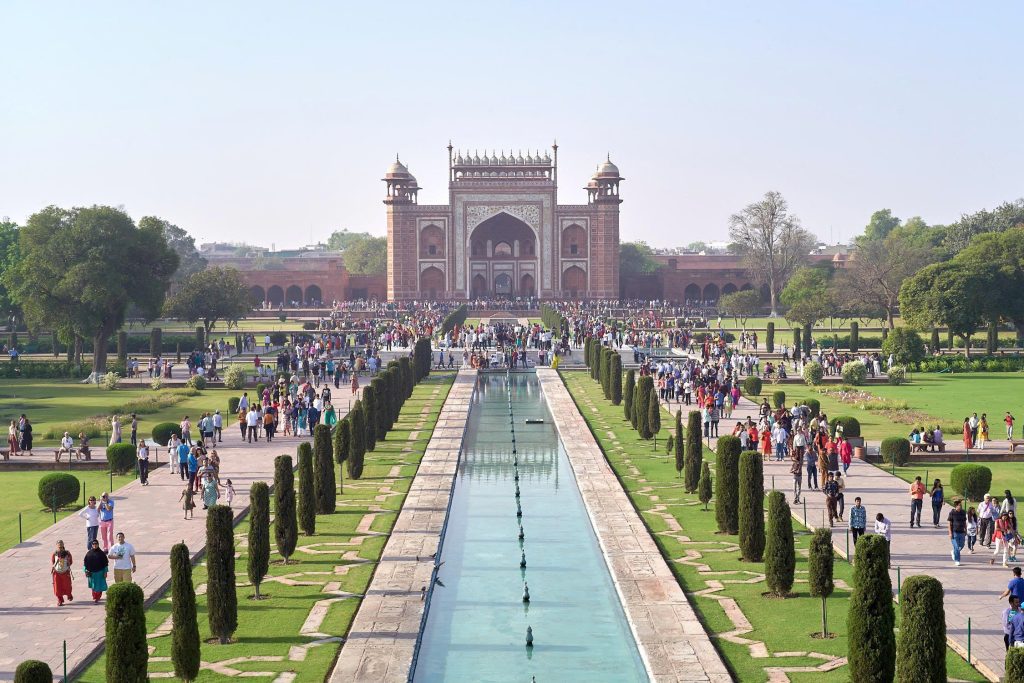
Agra experiences extreme temperatures. Your planning must revolve around avoiding the scorching heat and dense fog.
- Peak Season (October to March): This is the ideal time. The weather is cool and dry, with average temperatures ranging comfortably from to . This period offers clear skies, which are perfect for capturing the marble’s brilliant reflection. However, be aware that this is the busiest time, requiring earlier booking for hotels and transport.
- The Shoulder Seasons (Late February & Early April, September & Early October): These periods offer a great balance: moderate temperatures, less tourist traffic than peak winter, and still relatively clear skies. This window is highly recommended for travelers seeking a more serene experience.
- Monsoon (July to September): While the rain cleanses the atmosphere, photography can be challenging due to cloud cover. The humidity is high, but crowds are noticeably thinner.
- Extreme Summer (April to June): Must be avoided. Daytime temperatures frequently exceed and can be unbearable, posing health risks and severely limiting the enjoyment of the outdoor complex.
Daily Timing: The Essential Sunrise Strategy
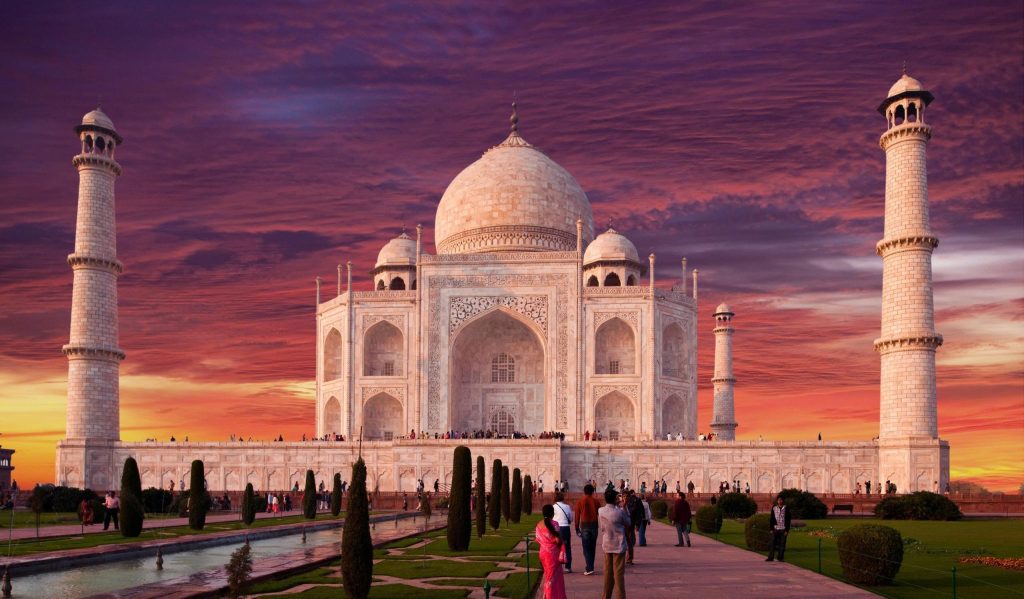
The sunrise viewing is the single most important tactical decision for your visit.
- The Magical Hour: The white Makrana marble subtly shifts color during the first hour of daylight—from a soft, ethereal gray-blue, to warm pink, to a pearly cream, culminating in a dazzling white under the full sun. This change symbolizes the presence of Allah, who cannot be depicted in physical form.
- Crowd Control: Arrive at the designated entrance gate 45 to 60 minutes before the official sunrise opening time (which is 30 minutes before official sunrise). Being among the first 100 people allows you to capture photographs on the main reflecting pool without massive crowds in the foreground.
- Sunset vs. Sunrise: While sunset offers a beautiful golden hour, the complex is often packed during the afternoon. Sunrise is best for minimizing crowds and maximizing the architectural drama.
The Rarity of Moonlight Viewing
Night viewing, offering a breathtaking, milky-white glow under the moon, is a unique experience.
- It is permitted only for five nights a month: the night of the full moon, two nights before, and two nights after.
- Tickets are highly regulated by the ASI, sold in limited batches, and must be booked 24 hours in advance. Visitors are granted a short 30-minute viewing window from the main gate area, not the main mausoleum.
2. Tickets, Entry Gates, and The Friday Rule
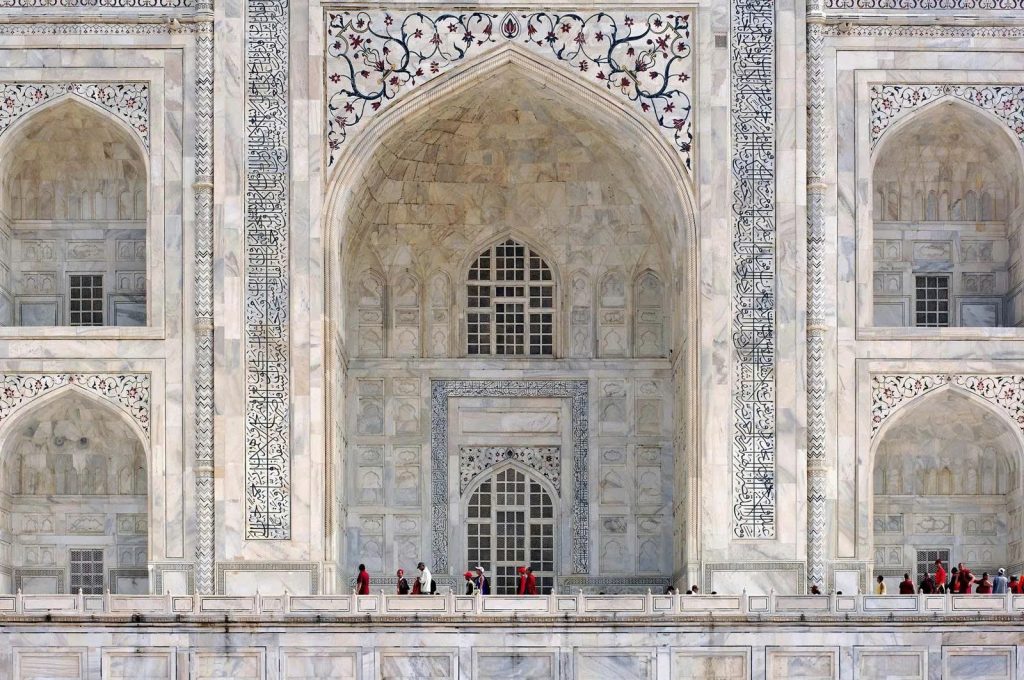
A successful visit hinges on navigating the entrance procedures efficiently.
The Official Ticket Structure and Purchasing
Avoid third-party ticket sellers unless they are part of a reputable tour package.
- Foreign Tourists: The highest fee (currently around 1100 INR + taxes, subject to change). This fee includes a bottle of water and shoe covers, which are mandatory for entering the main platform.
- The Mausoleum Fee: An optional, but highly recommended, additional fee (currently 200 INR) is required to enter the main mausoleum chamber where the cenotaphs are located. Without this, you can only view the main platform.
- Online Pre-booking: Always purchase your Taj Mahal tickets online via the official Archaeological Survey of India (ASI) website. This significantly reduces queue times, as the physical ticket counters can have long lines, particularly at the West Gate.
Gate Selection and Strategy
The choice of gate directly impacts your speed of entry.
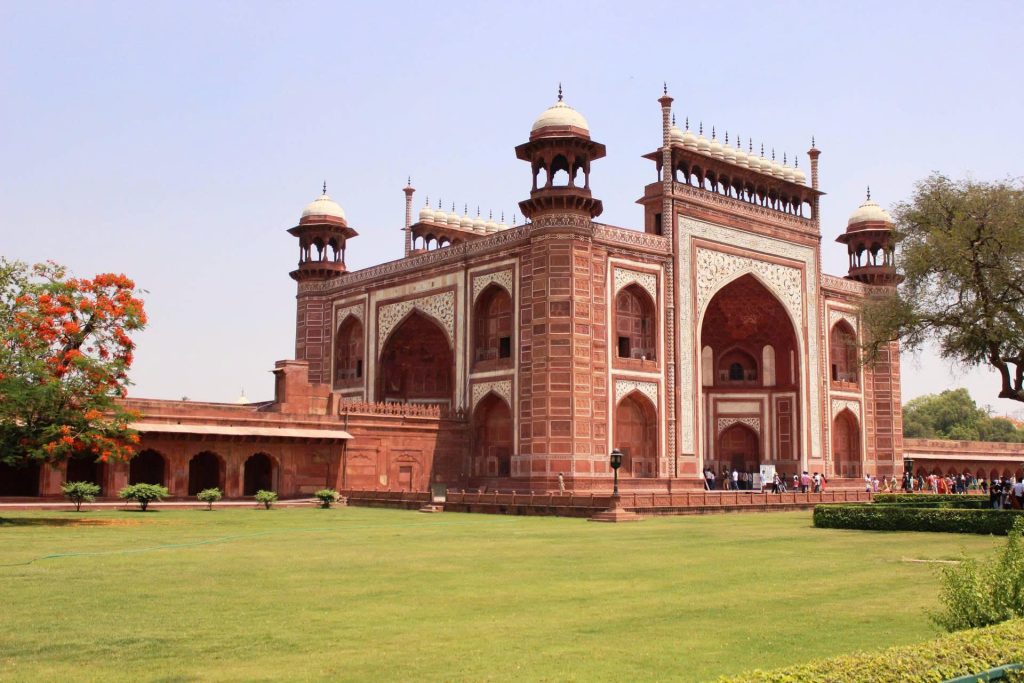
- The East Gate: Recommended for Foreign Tourists. It is closest to most major international hotels and has its own separate ticket counter (the Shilpgram counter), which usually opens before sunrise. Use this gate for sunrise.
- The West Gate: The most used gate by local Indian tourists. Lines can be the longest here throughout the day, although some independent travelers choose it for sunrise.
- The South Gate: Avoid for Sunrise. It is located near a busy market and does not open until 8:00 AM, making it unsuitable for the essential sunrise viewing.
The Strict Friday Closure
The Taj Mahal is closed to all visitors every Friday. This closure is non-negotiable and dedicated solely to local Muslims who use the mosque within the complex for Jumu’ah (Friday prayer). Plan your arrival in Agra accordingly. If your trip falls over a Friday, use that day to visit Agra Fort or Fatehpur Sikri.
3. Transportation and Access in Agra
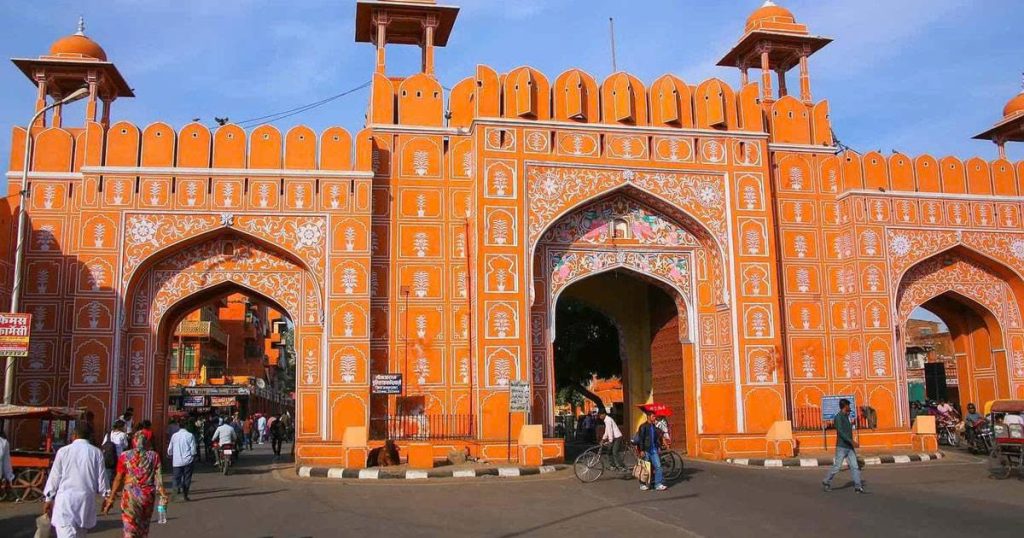
Agra’s infrastructure requires awareness regarding the monuments.
Getting to Agra: Agra is a key city in India’s Golden Triangle (Delhi–Agra–Jaipur) tourist circuit.
- High-Speed Rail: The most reliable and fastest method from New Delhi Railway Station (NDLS) is the Gatimaan Express or Shatabdi Express to Agra Cantt (AGC). This option bypasses road traffic and is punctual.
- Road Travel: Hiring a private car via the Yamuna Expressway is comfortable but the 3.5 to 4-hour journey can be affected by Delhi’s infamous traffic at the starting point.
Local Transport and the Pollution Zone
The entire 500-meter area surrounding the Taj Mahal is a no-combustion-engine zone to protect the white marble from pollution and acid degradation.
- From the designated parking areas, you must use one of the following: Official electric golf carts, cycle rickshaws, or walk to the entrance gates. Factor this 10–15 minute walk/ride into your arrival time, especially for sunrise.
The Historical and Architectural Deep Dive
1. The Immortality of Mughal Love
The Taj Mahal is historically rooted in the Mughal Empire and the profound loss of its Emperor.
The Patron and the Muse
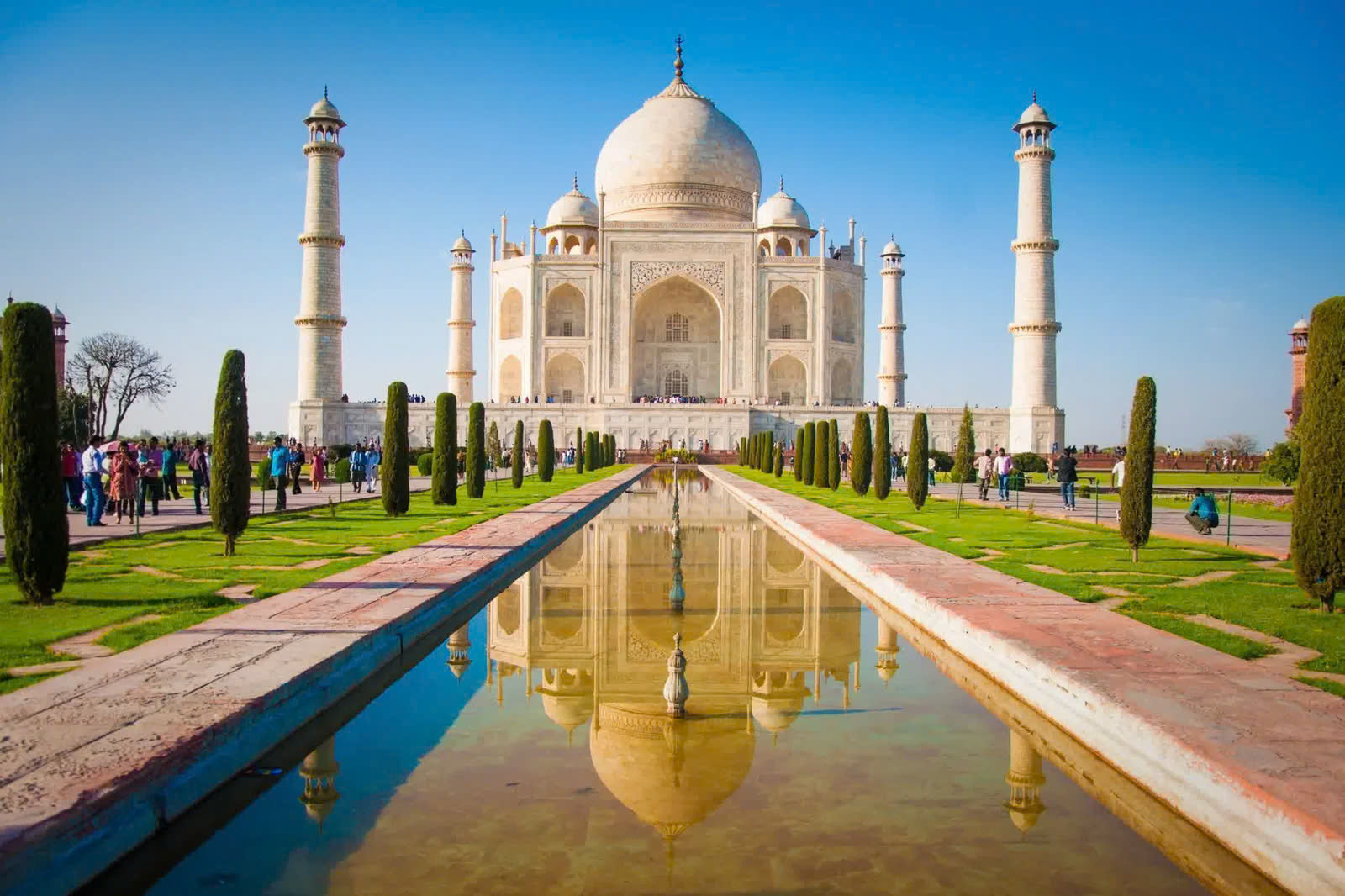
The patron was Shah Jahan, the fifth Mughal emperor. The monument was built for his favorite wife, Mumtaz Mahal (born Arjumand Banu Begum). Their relationship was legendary, marked by deep affection and companionship throughout their lives and political careers.
- The Vow of Grief: Mumtaz Mahal died in 1631 while giving birth to their fourteenth child in Burhanpur. Shah Jahan was reportedly devastated, entering a period of intense mourning. The Taj Mahal was conceived as her eternal resting place, a representation of her mansion in paradise (Rauza-i munauwara).
- The Cost and Scale: The construction cost was estimated at 32 million rupees at the time, an astronomical sum. The complexity of the structure and the quality of materials—requiring 1,000 elephants for transport—underscores the imperial resources dedicated to this personal monument.
The Imprisonment and Final Resting Place
The narrative is completed by Shah Jahan’s own fate.
- In 1658, Shah Jahan was deposed and imprisoned by his son, Aurangzeb, at the nearby Agra Fort. He spent his final eight years in captivity, allegedly gazing at his creation from the window of the Musamman Burj.
- Upon his death in 1666, Shah Jahan was interred beside Mumtaz Mahal inside the crypt of the mausoleum. This placement is the only break in the perfect symmetry of the entire Taj Mahal complex.
2. The Architectural Zenith of the Mughal Dynasty
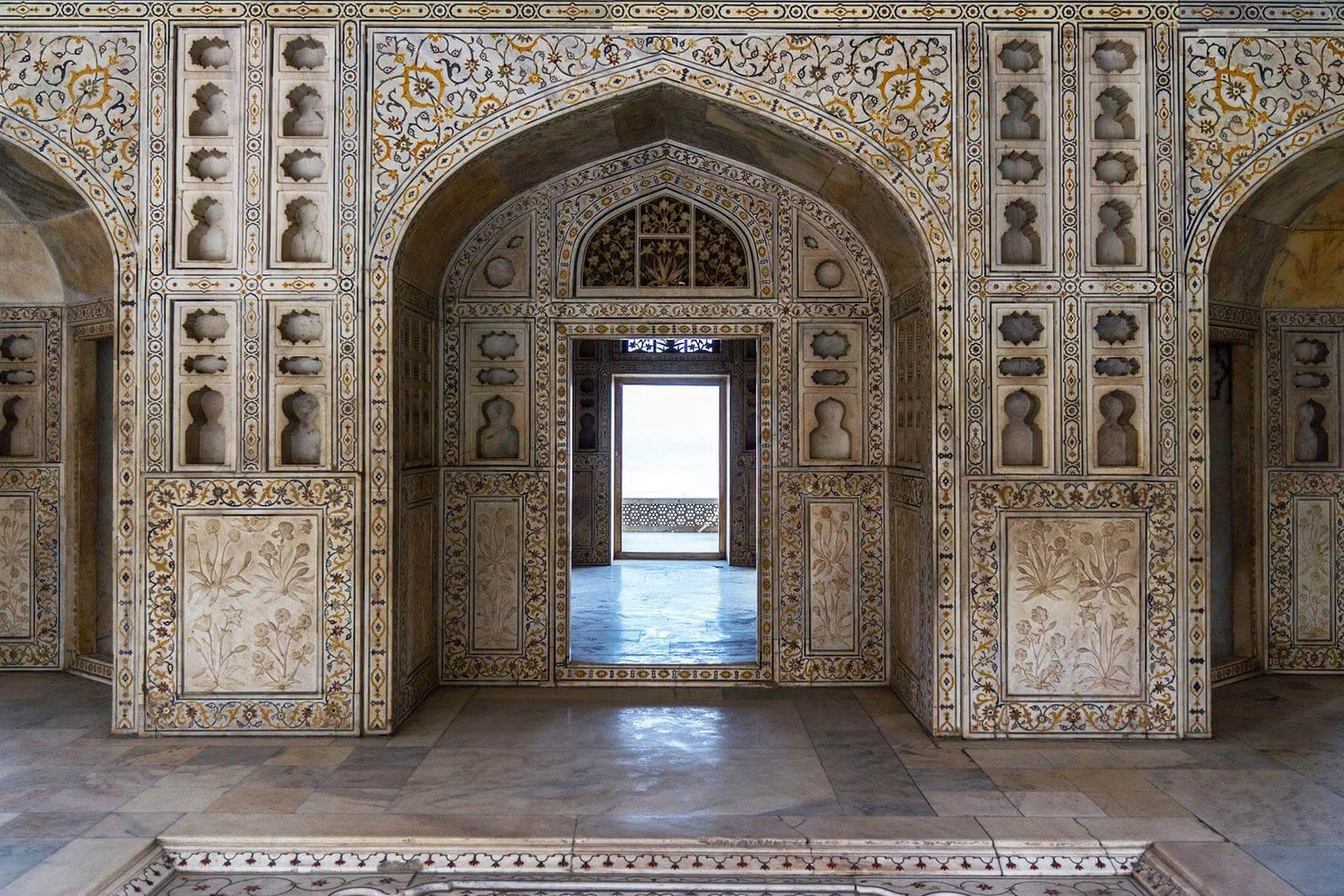
The Taj Mahal represents the most refined synthesis of Indo-Islamic architecture.
The Materials and the Changing Colors
The main mausoleum is built primarily of brilliant white marble sourced from the quarries of Makrana, Rajasthan. The purity of the white marble symbolizes Mumtaz Mahal’s purity.
- Optical Illusion: The marble is semi-translucent, an aesthetic marvel that makes the entire structure appear to change color throughout the day, depending on the sun, clouds, and atmospheric conditions.
- Foundation: The complex sits on a high, massive platform of dark and light sandstone, built on the unstable sands of the Yamuna riverbank—a testament to Mughal engineering.
Pietra Dura: The Art of Inlay
The intricate floral and calligraphic decorations are not painted; they are the result of the painstaking Pietra Dura technique (meaning “hard stone” in Italian), developed by Central Asian and Italian artisans.
- Gemstone Work: Over 28 types of precious and semi-precious stones (including jasper, jade, crystal, turquoise, and lapis lazuli) were meticulously cut, polished, and inlaid into the marble in incredibly precise patterns. These designs symbolize the natural beauty of the Gardens of Paradise.
The Symmetrical Complex
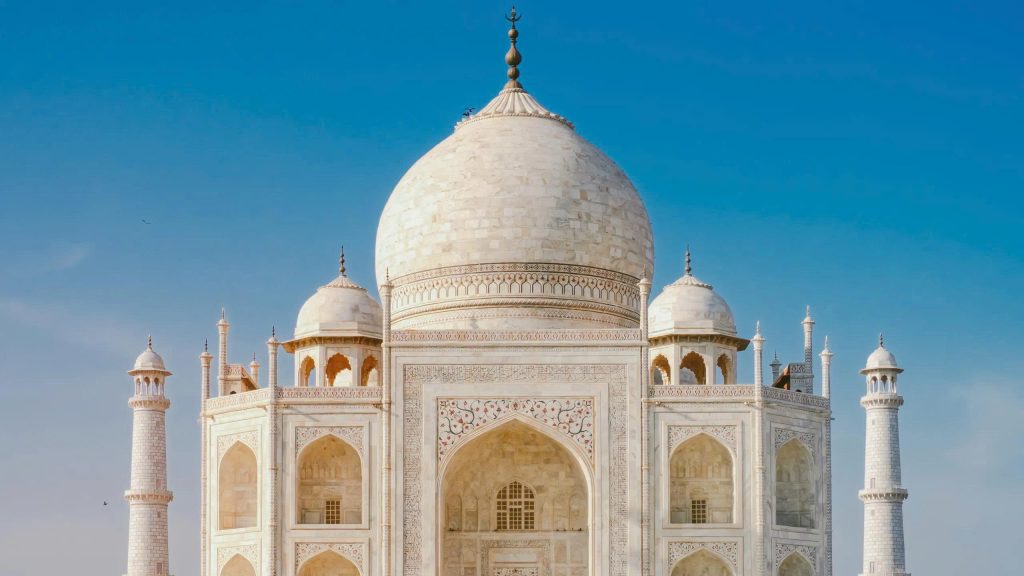
The entire complex, spanning 42 acres, adheres to the Charbagh garden layout (a four-part Persian garden), symbolizing the Islamic idea of paradise.
- The Main Mausoleum: A colossal, octagonal structure topped by the magnificent onion dome (or amrud).
- The Minarets: The four accompanying minarets stand about 40 meters high. Crucially, they lean slightly outward so that in the unlikely event of an earthquake or collapse, they would fall away from the main dome, protecting the tomb.
- The Mosque and Jawab: The red sandstone mosque on the west is mirrored by the Jawab (the “answer”) on the east, ensuring perfect bilateral symmetry, even though the Jawab has no religious function.
Beyond the Taj Mahal – Essential Agra Sights
1. The Mughal Forts and Precursors
These structures provide the necessary context for the Taj Mahal’s architectural and political significance.
Agra Fort: The View of Captivity
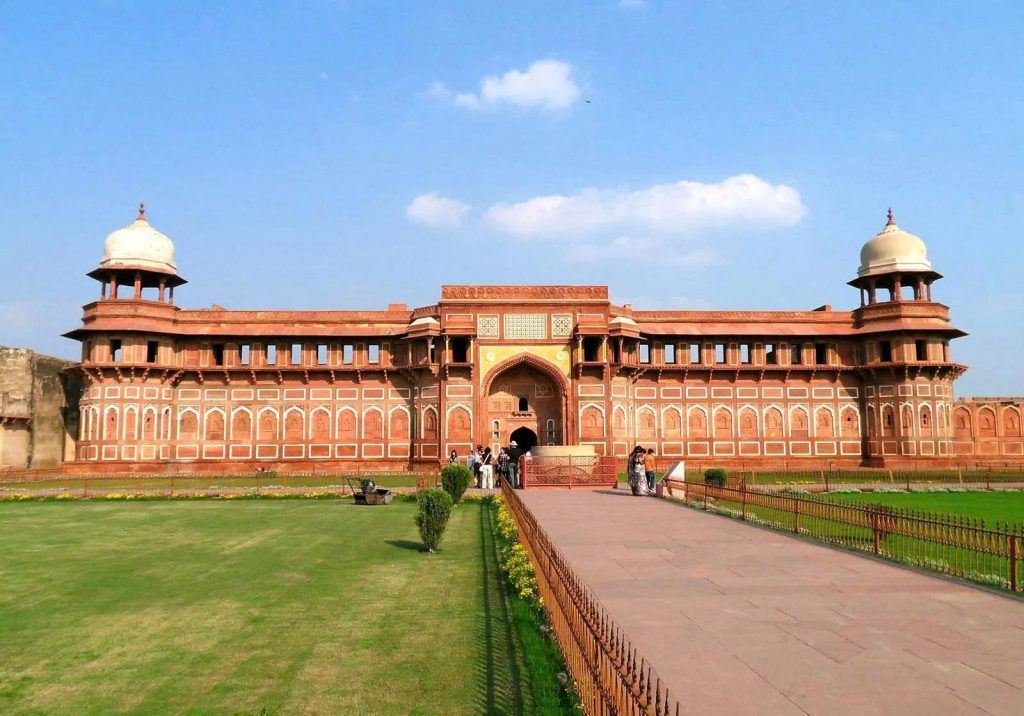
A magnificent red sandstone fortress known as the “Red Fort of Agra” (not to be confused with the one in Delhi). It was the imperial city of the Mughals before the capital shifted.
- Be sure to visit the Musamman Burj, where Shah Jahan was imprisoned. The small balcony offers the most famous distant view of the Taj Mahal across the river—a poignant visual connection to its history.
Tomb of Itmad-ud-Daulah (The Baby Taj)
This is an indispensable stop. Built for Mumtaz Mahal’s grandfather, it is often cited as the architectural precursor to the Taj Mahal.
- It was the first Mughal structure built entirely of white marble and contains the earliest and most delicate use of the Pietra Dura inlay technique in Agra.
Fatehpur Sikri: The Deserted Capital
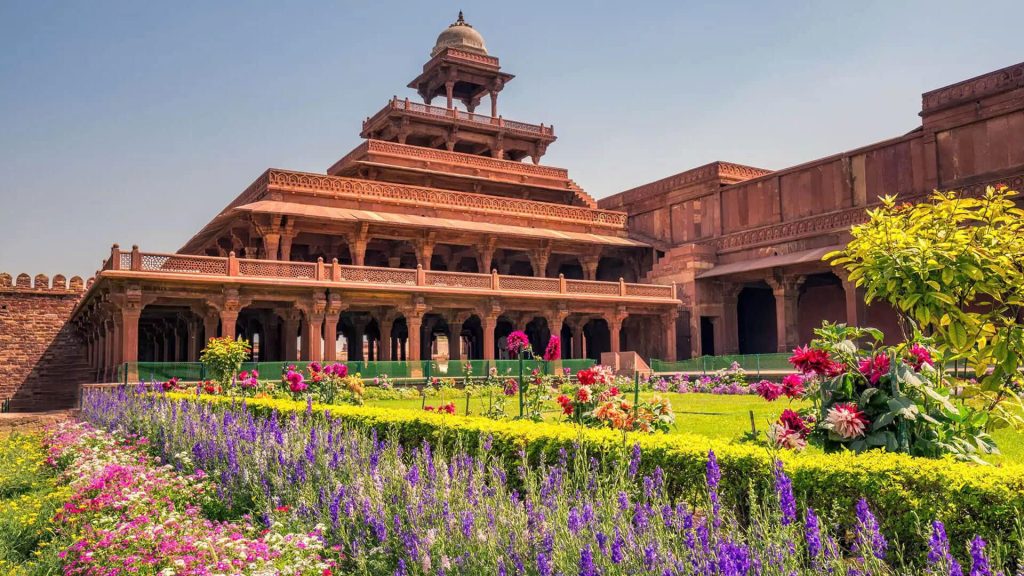
Located about an hour’s drive from Agra, this massive former capital city was constructed by Akbar the Great. It was briefly the imperial capital but was abandoned due to water scarcity.
- Highlights: The site is a masterpiece of Mughal planning, featuring the massive Buland Darwaza (Gate of Magnificence) and the beautiful Panch Mahal palace.
2. Alternative Viewing and Dining
These options enhance the overall travel experience beyond the main complex.
Mehtab Bagh (The Moonlight Garden)
This garden, located on the opposite bank of the Yamuna, was intended to serve as the perfect viewing platform for the Taj Mahal under moonlight.
- Best for Sunset: It offers the most spectacular and crowd-free sunset view of the Taj Mahal, providing the perfect symmetrical reflection on the Yamuna river.
Where to Eat: Culinary Exploration
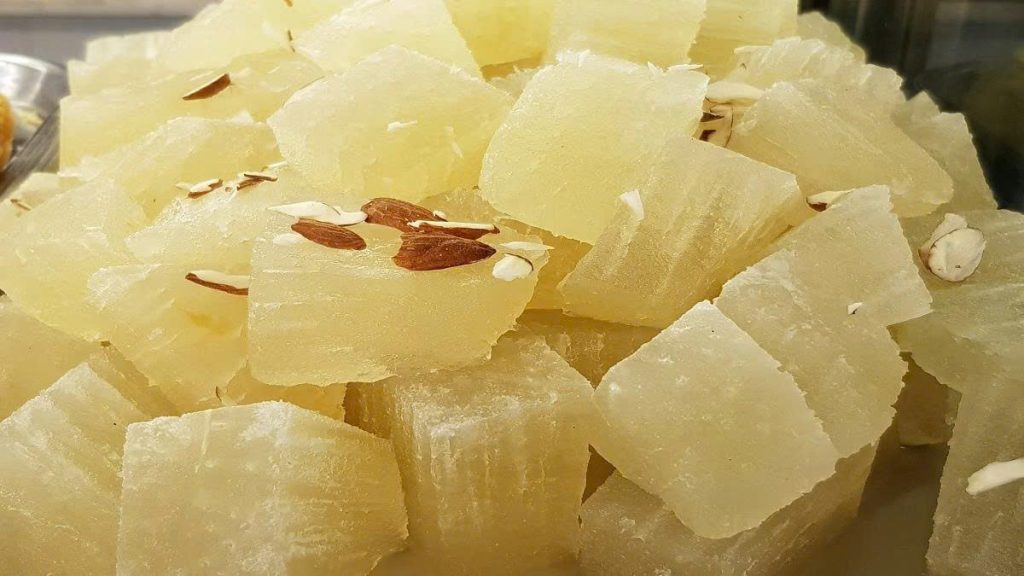
Agra is famous for its Mughlai cuisine, a rich blend of Persian and North Indian flavors.
- Agra’s Petha: The signature local sweet. This soft, translucent candy is made from ash gourd and sugar syrup, available in countless flavors (paan, saffron, etc.). Seek out a reputable local vendor for the freshest varieties.
Pro Tips for an Impeccable Journey
1. Upholding Cultural Protocols and Respect
Being a respectful visitor is vital to the success of your trip.
Dress Code and Conduct: Remember that the Taj Mahal is an active tomb and contains a mosque.
- Modesty: While shorts and t-shirts are not strictly forbidden, modest attire (shoulders and knees covered) is strongly recommended for both men and women. This is a sign of respect, especially when visiting the mosque or the mausoleum.
- Noise and Silence: Maintain quiet respect, particularly when inside the main tomb chamber, as the chamber’s acoustics are legendary.
Interacting with Local Guides: Official, government-approved guides are available. They must carry a valid photo ID and license.
- Vetting: Only hire a guide from official tourism offices or through your hotel/reputable tour operator. Avoid unsolicited guides approaching you near the gates to maintain control and safety.
2. Practical Tips and Financial Security
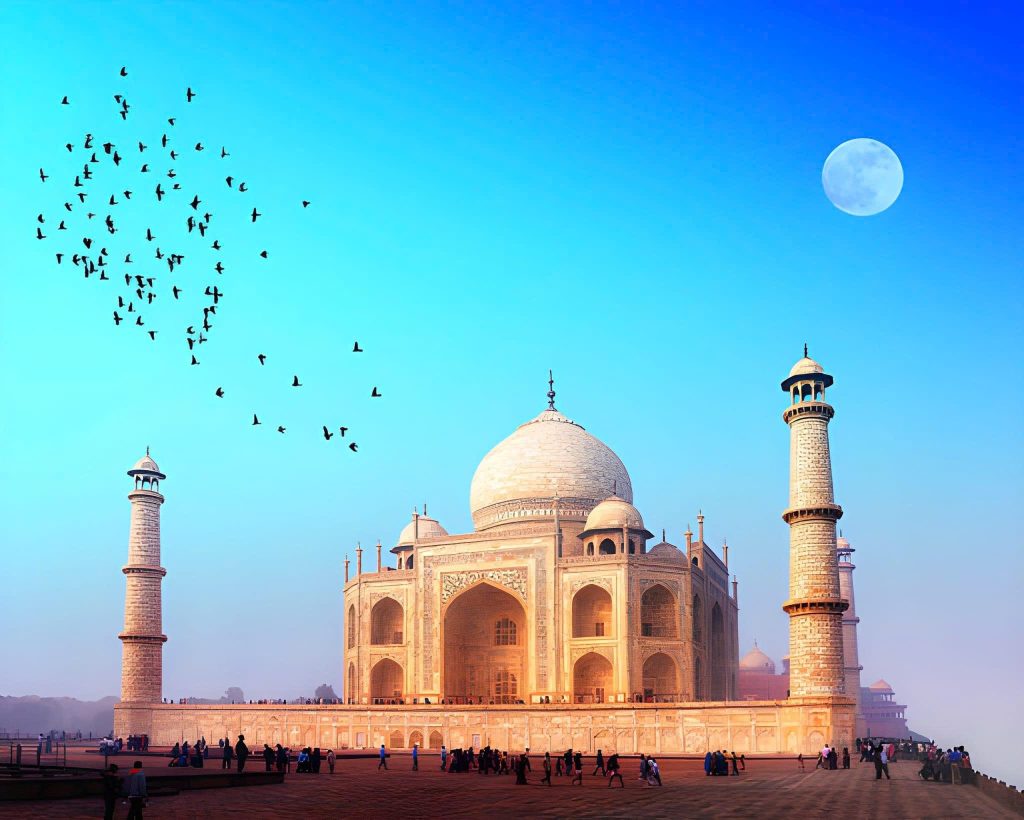
Navigating the local economy and environment requires vigilance.
While tickets can be purchased online, carry sufficient Indian Rupees (INR) cash for small purchases, rickshaws, and tipping. Many smaller vendors and cycle rickshaw operators do not accept credit cards.
The areas around the entrances, particularly the South Gate, are congested with vendors. Practice the technique of politely but firmly declining unwanted services. Maintain awareness of your belongings at all times.
3. Photography Rules and Ethics
Ensure your memories comply with the rules set by the ASI.
Prohibited Camera Gear and Flash: Drones are strictly forbidden. Large professional cameras are often charged an additional fee.
- Photography and videography are strictly prohibited inside the main crypt chamber. Flash photography is banned throughout the premises to protect the delicate marble and gemstones.
RELATED: 7 Wonders of the World: A travel and history guide
The Taj Mahal is not merely one of the New7Wonders of the World; it is a profound testament to the power of human artistry, engineering, and emotion. From the perfect symmetry of its Mughal architecture to the legendary dedication of Shah Jahan to his queen Mumtaz Mahal, this ivory jewel of Agra offers a deeply moving experience.

